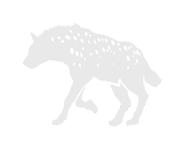Posts

Luggage requirements for your Kruger safari.
For Kruger park safaris, this blog encourages our guest to pack light luggage. We have space for one suitcase and a backpack or laptop bag.

Weather in Kruger National Park and which clothes to pack.
This blog provides the average weather when visiting Kruger National Park and what clothes to pack based on this. You will need a jumpsuit set and a beanie for the cool morning and evening game drives.

Leopard vision – The Eyes of the Leopard and Lion
The leopard vision facts, African Wildlife offers the Big 5 and the Leopard and Lion forms part of this. Learn more!

Leopard one of the Big 5
The South African Leopards (Panthera Pardus) exhibit an astonishing…
